I am trying to duplicate a table row in Word, using VBA, without using the Selection object or the clipboard. That is, I want a new row that has the same content as an existing row.
To do this, I first create a new (empty) row, and loop through each cell in the source row and copy its contents into the corresponding cell in the target row.
To copy each cell, I get a Range object that references the entire content of the source cell, and an equivalent Range for the target cell, and then do this:
oToRange.FormattedText = oFromRange.FormattedText
This works well on Office 2003, and also works most of the time on Office 2010. However, I am having a real problem with one particular scenario. I have (greatly) simplified that scenario to demonstrate the core of the problem.
In the picture below, there are two cells in the outer (grey) 2R x 1C table. The second row is the row to be copied. The first row is the new row I created, and into which I want to copy the content of the second row.

You'll notice that the second row contains a nested table.
When I run the code below in Word 2003, it works perfectly, and I get the following result:

But, in Word 2010, the same code produces this result:

As you can see, the cell content has been inserted before (and outside) the target table cell.
It's worth mentioning that if I put something after the nested table, so that it's no longer the last thing in the source cell, then this problem does not occur.
Here's the full VBA code I'm using:
Dim oDoc As Word.Document
Set oDoc = ThisDocument
Dim oFromRange As Range
Set oFromRange = ThisDocument.Tables(1).Cell(2, 1).Range
oFromRange.End = oFromRange.End - 1
Dim oToRange As Range
Set oToRange = ThisDocument.Tables(1).Cell(1, 1).Range
oToRange.End = oToRange.End - 1
oToRange.FormattedText = oFromRange.FormattedText
NOTE: the adjustment to the end of the source and target ranges is necessary because Cell.Range includes the end-of-cell marker, and I don't want to copy that.
What can I do to persuade it to put the content inside the target cell (like Word 2003 does), rather than before it?
